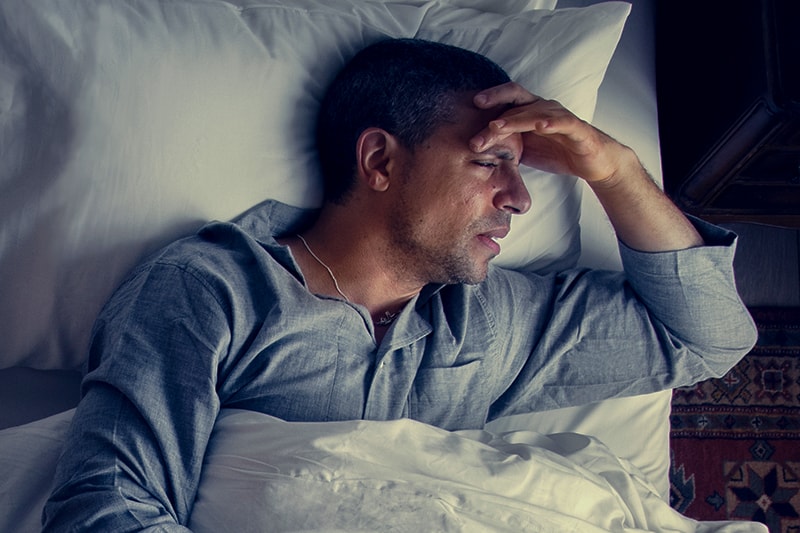Understanding Sleep Apnea
From symptoms to solutions, learn more about Obstructive Sleep Apnea
Understanding Sleep Apnea
From symptoms to solutions, learn more about Obstructive Sleep Apnea

What Is Sleep Apnea?
Sleep apnea is the temporary interruption of natural breathing during REM sleep. Obstructive sleep apnea (OSA) is the most common form of sleep apnea and often involves the tongue and soft palette restricting air flow and interrupting sleep repeatedly throughout the night. It can be caused by a number of factors, including obesity or an enlarged neck. Unfortunately, the disorder not always readily identifiable. The American Sleep Apnea Association estimates that 80% of sleep apnea cases go undiagnosed and untreated.¹ Without proper treatment, sleep apnea can greatly increase the risk of stroke, hypertension, heart disease, and Type-2 diabetes. The best thing that you can do to stay ahead of the curve and avoid unnecessary long-term health risks is to get tested and receive a proper diagnosis.




